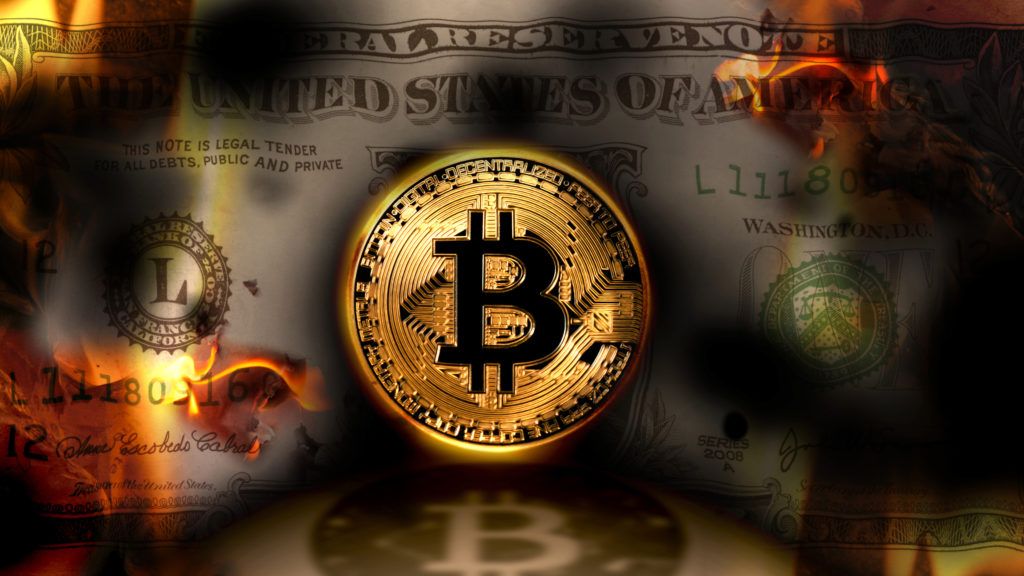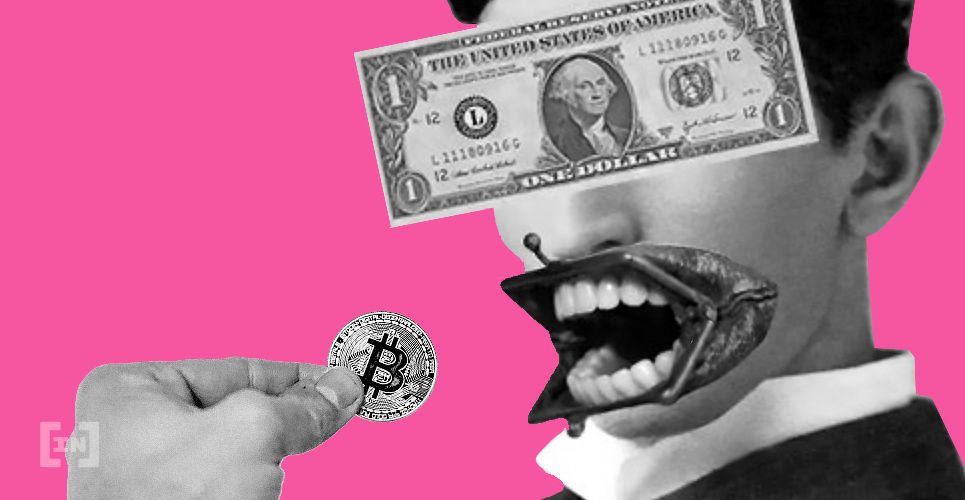The rate consumers pay in interest on credit card debt is at the highest level in history, according to recent reports.
Reaching nearly 17 percent, interest rates may well have something to do with the much softer consumer spending reports released this week.
Soaring rates and declining consumer spending could have greater implications in the near future. As consumer spending declines, the amount of liquidity entering the marketplace declines as well. The rate issues may well have a widespread economic impact.

Sky-High Credit Card Interest Rates
So why the climbing rates? The answer, as always, lies in the lap of government. After the financial crisis of 2008, lawmakers imposed strict rules on credit card companies. The rules, initially designed to protect consumers, limited the level of interest credit card companies could charge. The Credit Card Accountability, Responsibility, and Disclosure Act forced credit card companies to carefully limit rates. Knowing that future increases were impossible, companies started new accounts with higher than normal rates, resulting in higher final rates. According to Peter Boockvar, Chief Investment Officer of Bleakley Advisory Group,“The unintended consequence, which there always is when restrictions are placed on the free market, was that banks then started off the credit card rate at a higher level than otherwise.”

Credit Card Rewards (For a Price)
Boockvar also addressed the issue of credit card rewards. For those who pay off their statements monthly, rewards can be a nice incentive to choose a specific company. However, not all that glitters is gold. For consumers who keep balances on their cards, rewards are actually a drain. The money to pay the rewards must come from somewhere, and the source is a higher interest rate. In fact, the rates being charged more than overshadow any rewards being offered.
Is Bitcoin Breaking the Cycle?
The credit card interest rate system provides consumers with some advantages. By allowing consumers to take on personal debt quickly, credit cards provide flexibility in emergency spending. Furthermore, they allow for a simple and secure form of digital payment. However, banks are clearly profitable institutions. The third-party nature of transaction processing allows banks to make money on consumers through interest, as well as on merchants through fees. Satoshi Nakamoto’s vision for Bitcoin (BTC) was to provide the simplicity of digital payments but without third-party profiteering. While not providing a method for debt, the digital payment structure would provide consumers a way to transact value with low fees, which would certainly help to increase consumer flexibility and spending. Consumer debt rates may well tank the economy during this cycle. The deeper issue, however, lies in the fundamental flaw in the system.
Banking profits built on the backs of consumers and merchants and supported by governments cannot last forever. Bitcoin provides a system that removes the internal link between government, profits, and consumers.
Do you think Bitcoin is the answer to the problems created by soaring credit card interest rates? Will the economy be able to withstand high rates and reduced consumer spending? Let us know your thoughts in the comments below!
Consumer debt rates may well tank the economy during this cycle. The deeper issue, however, lies in the fundamental flaw in the system.
Banking profits built on the backs of consumers and merchants and supported by governments cannot last forever. Bitcoin provides a system that removes the internal link between government, profits, and consumers.
Do you think Bitcoin is the answer to the problems created by soaring credit card interest rates? Will the economy be able to withstand high rates and reduced consumer spending? Let us know your thoughts in the comments below!
Disclaimer
In adherence to the Trust Project guidelines, BeInCrypto is committed to unbiased, transparent reporting. This news article aims to provide accurate, timely information. However, readers are advised to verify facts independently and consult with a professional before making any decisions based on this content. Please note that our Terms and Conditions, Privacy Policy, and Disclaimers have been updated.

Jon Buck
With a background in science and writing, Jon's cryptophile days started in 2011 when he first heard about Bitcoin. Since then he's been learning, investing, and writing about cryptocurrencies and blockchain technology for some of the biggest publications and ICOs in the industry. After a brief stint in India, he and his family live in southern CA.
With a background in science and writing, Jon's cryptophile days started in 2011 when he first heard about Bitcoin. Since then he's been learning, investing, and writing about cryptocurrencies and blockchain technology for some of the biggest publications and ICOs in the industry. After a brief stint in India, he and his family live in southern CA.
READ FULL BIO
Sponsored
Sponsored
